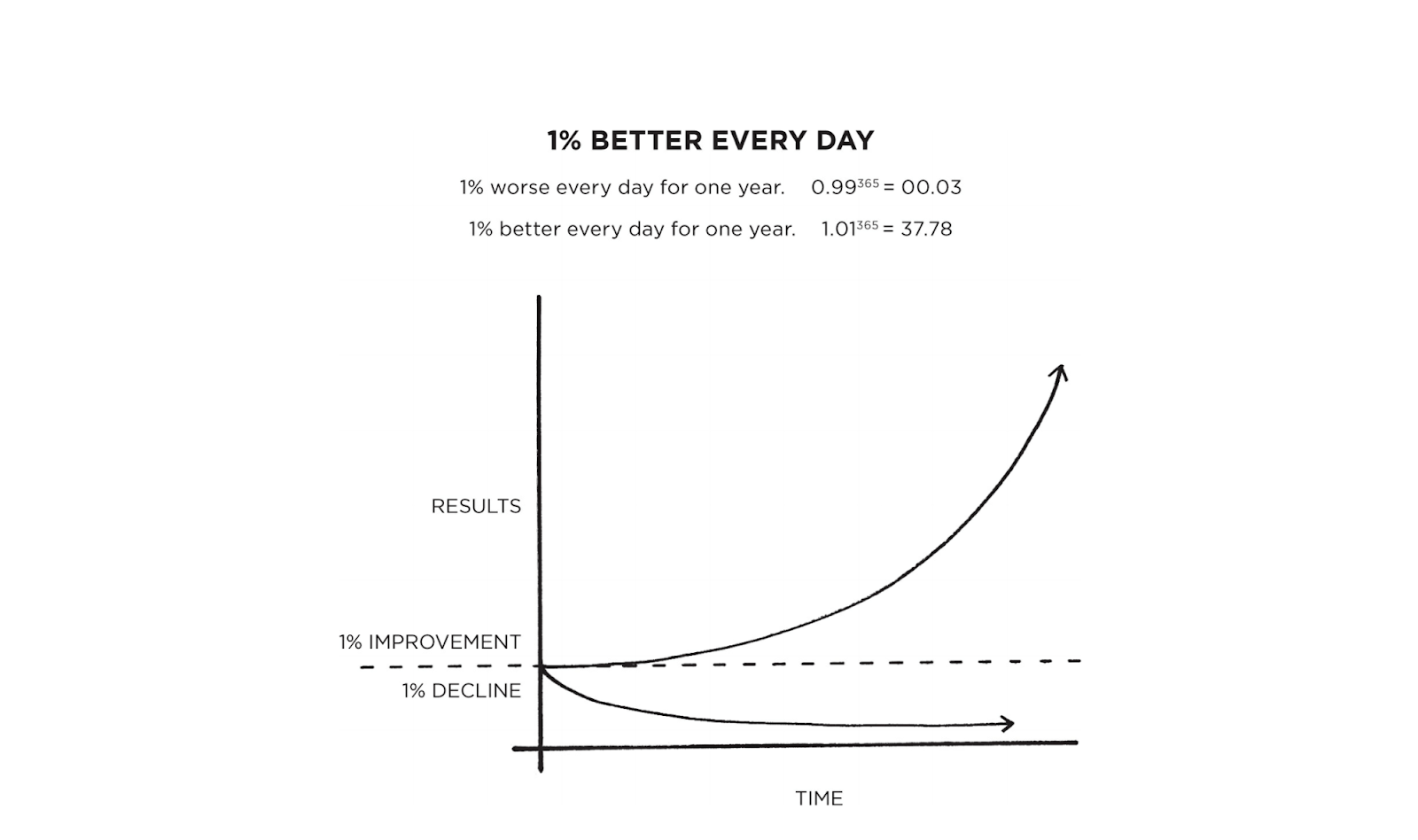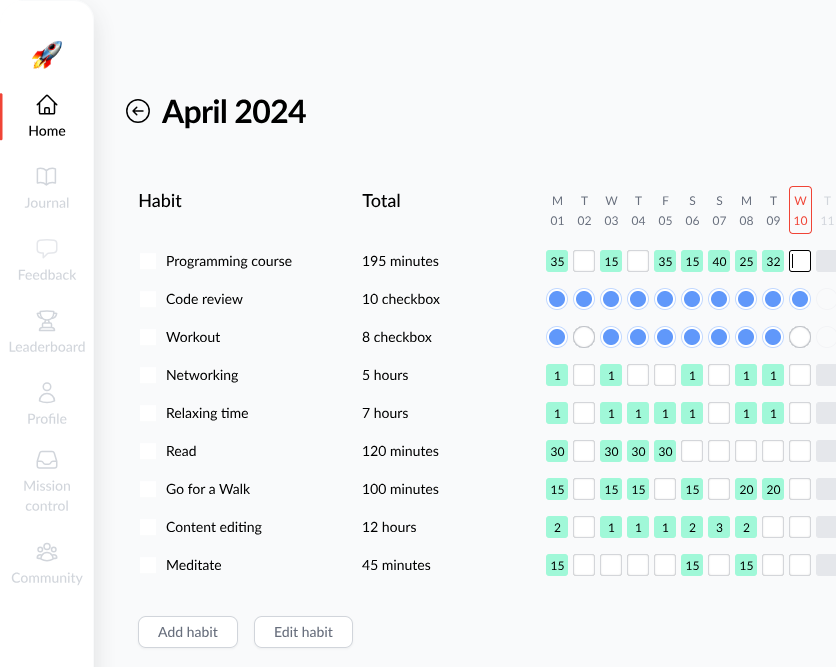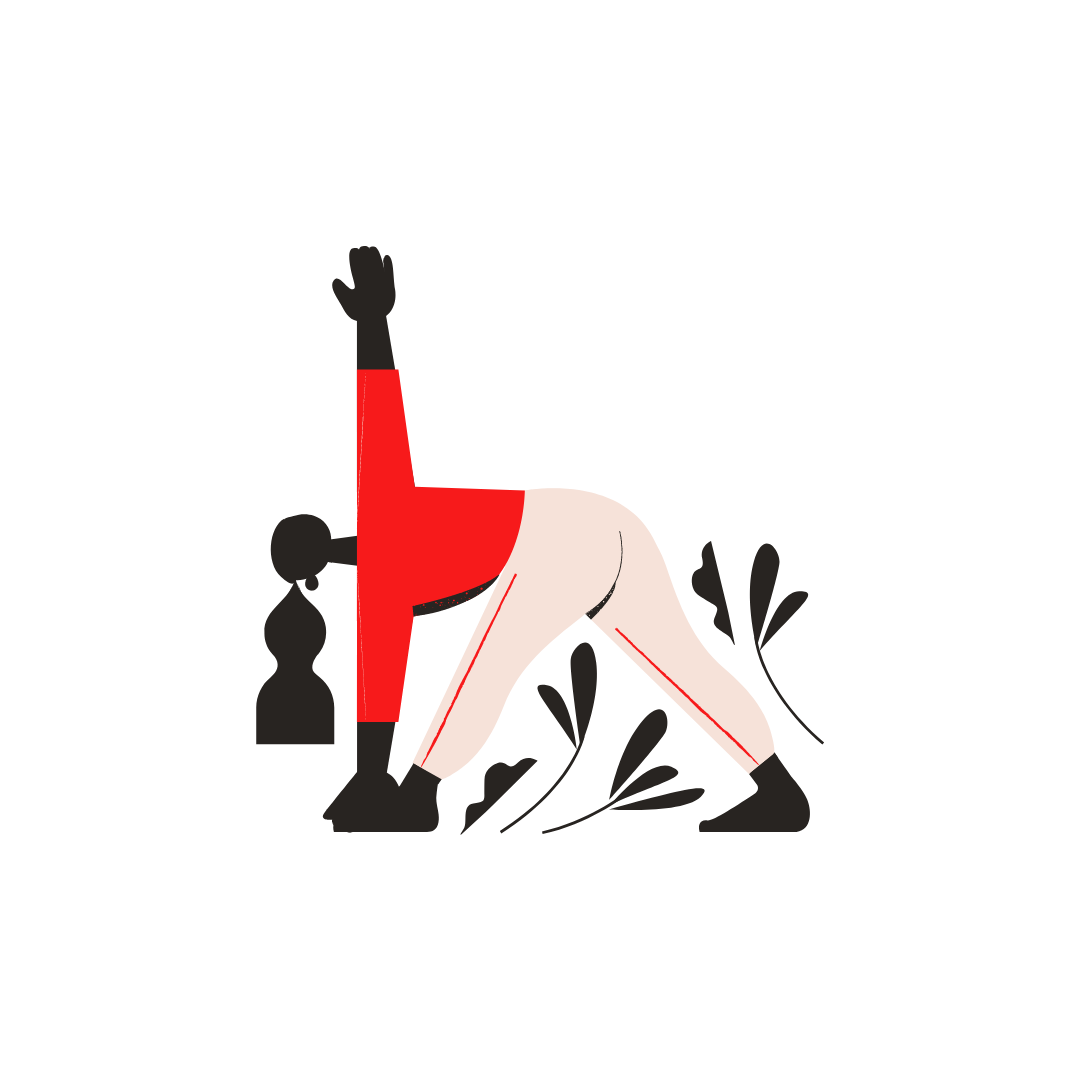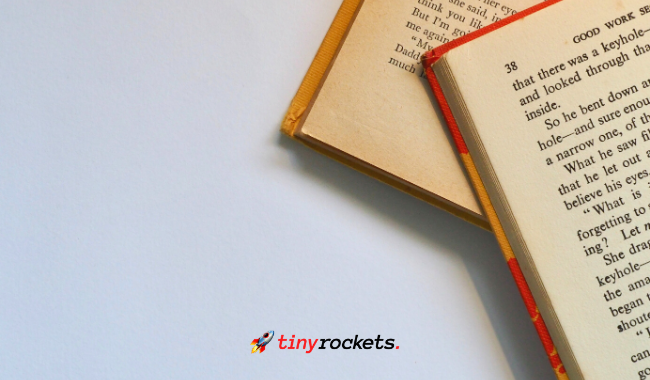Successful people are aware that it is all about small, easy but meaningful. According to James Clear, these are the elements you must keep in mind to build what he calls “atomic habits.” He developed a four-step model outlined in laws to build habits gradually. Habits become sustainable when they are part of your identity and are not determined by outcomes. You solve problems on a daily basis and work on self-improvement through the regular practice of habits. Scroll down to get the gist through the most important inspirational quotes from his work!
The Surprising Power of Tiny Habits
As a society, we tend to fall into the all or nothing approach, and our brains are naturally wired for immediate reward. Tiny changes may seem quite unappealing at first; however, gradual work is the ultimate form of intrinsic motivation to become the person you want to be and build the adequate system for such a purpose. When your habits are part of your system, the sense of achievement is permanent. It is about falling in love with the process and not the outcomes!

- “Habits are the compound interest of self- improvement. The same way that money multiplies through compound interest, the effects of your habits multiply as you repeat them.”
- “All big things come from small beginnings. The seed of every habit is a single, tiny decision.”
- “Small changes often appear to make no difference until you cross a critical threshold. The most powerful outcomes of any compounding process are delayed. You need to be patient.”
- “The purpose of setting goals is to win the game. The purpose of building systems is to continue playing the game. True long-term thinking is goal-less thinking. It’s not about any single accomplishment. It is about the cycle of endless refinement and continuous improvement.”
- “When you solve problems at the results level, you only solve them temporarily. In order to improve for good, you need to solve problems at the systems level. Fix the inputs and the outputs will fix themselves.”
- “You do not rise to the level of your goals. You fall to the level of your systems”.
- “Your identity emerges out of your habits. Every action is a vote for the type of person you wish to become.”
- “Decide the type of person you want to be. Prove it to yourself with small wins.”
- “An atomic habit is a little habit that is part of a larger system. Just as atoms are the building blocks of molecules, atomic habits are the building blocks of remarkable results.”
- “Habits are the compound interest of self-improvement.”
- “Time magnifies the margin between success and failure. It will multiply whatever you feed it. Good habits make time your ally. Bad habits make time your enemy.”
- “The greatest threat to success is not failure but boredom.”
First Law: Make It Obvious
Do you ever blame yourself for not being able to break a bad habit? Well, it is not “you,” it’s your system! In order to build habits and maintain them over time, you need to create the environment for this.
James Clear claims that you must make the proper arrangements and have the right cues in sight to perform an action. By eliminating temptations, you will facilitate the process. Design your environment so the healthy and productive choice is the only one!
- “You should be far more concerned with your current trajectory than with your current results.”
- “Small changes in context can lead to large changes in behavior over time.”
- “The most common form of change is not internal, but external: we are changed by the world around us. Every habit is context dependent.”
- “Every habit is initiated by a cue, and we are more likely to notice cues that stand out. Unfortunately, the environments where we live and work often make it easy not to do certain actions because there is no obvious cue to trigger the behavior.”
- “Environment is the invisible hand that shapes human behavior.”
- “Environment design is powerful not only because it influences how we engage with the world but also because we rarely do it. Most people live in a world others have created for them.”
- “Your habits change depending on the room you are in and the cues in front of you.”
- “One of the most practical ways to eliminate a bad habit is to reduce exposure to the cue that causes it.”
- “Self-control is a short-term strategy, not a long- term one.”
Second Law: Make it Attractive
What makes you take action? The anticipation for reward. In his work, James Clear states that we are all dependent on the behaviors of others because of the sense of belonging we develop when we live in tribes.
When you interpret a behavior or cue as attractive, you perform an action; in other words, you do what others do because it is appealing. You must create the physical environment but also the interpersonal one, so join the tribe whose habits best serve you!
- “You don’t have to be the victim of your environment. You can also be the architect of it.”
- “Surround yourself with people who have the habits you want to have yourself. You’ll rise together.”
- “Nothing sustains motivation better than belonging to the tribe. It transforms a personal quest into a shared one. Previously, you were on your own.”
- “There are three layers of behavior change: a change in your outcomes, a change in your processes, or a change in your identity.”
- “Outcomes are about what you get. Processes are about what you do. Identity is about what you believe.”
- “With outcome-based habits, the focus is on what you want to achieve. With identity-based habits, the focus is on who you wish to become.”
- “The ultimate form of intrinsic motivation is when a habit becomes part of your identity.”
- “It is a simple two-step process: Decide the type of person you want to be. Prove it to yourself with small wins.”
- “Ask yourself, ‘Who is the type of person that could get the outcome I want?’”
- “Your identity emerges out of your habits. Every action is a vote for the type of person you wish to become.”
Third Law: Make It Easy
Let’s be honest-we often prefer it when things are easy. James Clear explains that this law is all about convenience. He recommends we make things brainless and obstacle-free to save enough energy for the hard ones. You need to reduce the tension in the environment so your system flows. Reduce the number of steps for good habits, and do the opposite for those less favorable ones. Go lean!
- “We are so focused on figuring out the best approach that we never get around to taking action. As Voltaire once wrote, ‘The best is the enemy of the good’.”
- “Habit formation is the process by which a behavior becomes progressively more automatic through repetition.”
- “Repeating a habit is essential to build up evidence of your desired identity. As you latch on to that new identity, however, those same beliefs can hold you back from the next level of growth.”
- “The amount of time you have been performing a habit is not as important as the number of times you have performed it.”
- “In a sense, every habit is just an obstacle to getting what you really want.”
- “The greater the obstacle— that is, the more difficult the habit— the more friction there is between you and your desired end state.”
- “Create an environment where doing the right thing is as easy as possible.”
Fourth Law: Make It Satisfying
Since our brains are wired for immediate gratification, habits must respond to this. With small changes, we tend to feel that nothing actually happens because progress is gradual, and this may be disappointing if you are a goal-oriented person.
According to James Clear, when you decide who you would like to be you do not tabulate spreadsheets: this means that your standpoint changes from results-based to a process one. He states that the ultimate manifestation of making a habit satisfying is the reinforcement of identity.
- “You learn what to do in the future based on what you were rewarded for doing (or punished for doing) in the past.”
- “What is immediately rewarded is repeated. What is immediately punished is avoided.”
- “We optimize for what we measure. When we choose the wrong measurement, we get the wrong behavior.”
- “Positive emotions cultivate habits. Negative emotions destroy them.”
- “As a general rule, the more immediate pleasure you get from an action, the more strongly you should question whether it aligns with your long-term goals.”
- “The ultimate form of intrinsic motivation is when a habit becomes part of your identity. It’s one thing to say I’m the type of person who wants this. It’s something very different to say I’m the type of person who is this.”
- “Incentives can start a habit. Identity sustains a habit.”
- “Each habit is like a suggestion: ‘Hey, maybe this is who I am.’ If you finish a book, then perhaps you are the type of person who likes reading. If you go to the gym, then perhaps you are the type of person who likes exercise.”
Other Useful James Clear’s Quotes from Atomic Habits
James Clear still has more to give. Through the following motivational quotes, he explains how to build new habits and break bad ones, which is a cornerstone in our daily lives!
- “All habits serve you in some way – even the bad ones – which is why you repeat them.”
- “Life is constantly changing, so you need to periodically check in to see if your old habits and beliefs are still serving.”
- “A lack of self-awareness is poison. Reflection and review is the antidote.”
- “The more pride you have in a particular aspect of your identity, the more motivated you will be to maintain the habits associated with it.”
- “Standardize before you optimize. You can’t improve a habit that doesn’t exist.”
- “The first step to changing bad habits is to be on the lookout for them.”
- “Good habits can make rational sense, but if they conflict with your identity, you will fail to put them into action.”
- “Make the cues of good habits obvious in your environment.”
- “The process of behavior change always starts with awareness. You need to be aware of your habits before you can change them.”
- “Many habits occur at decisive moments— choices that are like a fork in the road— and either send you in the direction of a productive day or an unproductive one.”
- “It’s hard to change your habits if you never change the underlying beliefs that led to your past behavior. You have a new goal and a new plan, but you haven’t changed who you are.”
- “One of the best ways to build a new habit is to identify a current habit you already do each day and then stack your new behavior on top. This is called habit stacking.”
- “Creating an implementation intention is a strategy you can use to pair a new habit with a specific time and location.”
- “People who make a specific plan for when and where they will perform a new habit are more likely to follow through.”
- “The Two-Minute Rule states, ‘When you start a new habit, it should take less than two minutes to do.’”
- “The implementation intention formula is: I will [BEHAVIOR] at [TIME] in [LOCATION].”
- “The habit stacking formula is: After [CURRENT HABIT], I will [NEW HABIT].”

To sum up, James Clear’s model shows you the four stages every habit should go through to be permanent. The first three increase the probabilities of making you perform a behavior while the last one will make you want to repeat it. It is a proven framework. As the author also mentions, success “is the product of daily habits—not once-in-a-lifetime transformations.”
All habits serve us; however, atomic habits will definitely take you to the journey of the compound interest of self-improvement, help you build better habits, and be the designer of your world. Read the reviews and get your copy of James Clear’s work here. Enjoy!


¿Qué puedes hacer esta semana para vivir una vida mejor?













.svg)
.svg)

.svg)

.svg)